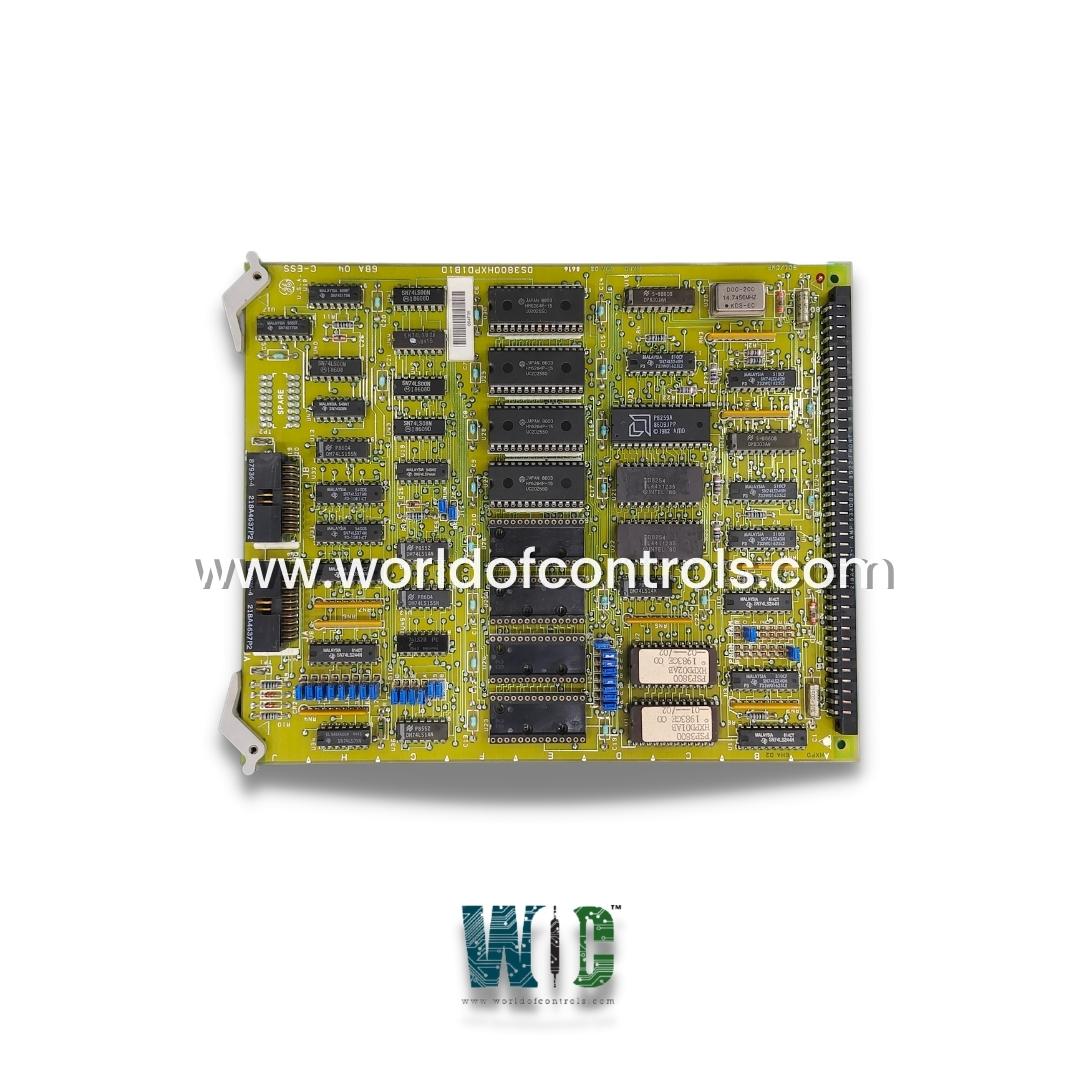SPECIFICATIONS
Part No.: DS3800HXPD1B
Manufacturer: General Electric
Country of Manufacture: United States of America (USA)
Product Type: CPU Expander Card
Availability: In Stock
Series: Mark IV
Functional Description
DS3800HXPD1B is a CPU Expander Card developed by GE. It is a part of the Mark IV control system. With features such as EEPROM module sockets, 34-pin connectors, and retention latches for ribbon cables, the board offers flexible integration and reliable performance. Proper installation and handling of the ribbon cables and EEPROM modules are crucial to ensure that the board functions correctly and that the system operates without disruption.
Features
- Modular Connector and Retention Levers: Features a modular connector on one end and retention levers on the other end. This design ensures secure and stable connections during installation.
- Retention Levers: These levers hold the connectors in place, preventing accidental disconnections during operations. They help secure ribbon cables and other components attached to the board, ensuring reliable communication within the control system.
- 34-Pin Connectors: The board is equipped with two 34-pin connectors located between the retention levers. These connectors are used for attaching additional cables, facilitating the board�s integration into the system and supporting data and power transmission to and from the drive.
- EEPROM Modules and Jumpers: Populated with 8 sockets for electrically erasable programmable read-only memory (EEPROM) modules, which store firmware and programming code required by the system�s microprocessors. Additionally, the board includes 18 jumpers, which can be used for configuring and modifying the settings and operational parameters of the expander board.
- Microprocessor Expansion: This CPU Expander Card is designed to add microprocessing power to the drive, enabling the installation of more complex and sophisticated code within the system. While the card does not contain the microprocessors themselves, it supports the installation of EEPROM modules that hold the necessary firmware and programming code for operation.
- Ribbon Cable Connectors and Retention Latches: It�comes with connectors for ribbon cables, allowing the board to communicate with other components in the system. These connectors are equipped with retention latches that lock the ribbon cables into place, ensuring that they are securely connected and reducing the risk of accidental disconnections or signal loss. The latches operate by swinging over the connector and clicking into place once the ribbon cable is inserted, making the connection secure.
Installation and Handling of Ribbon Cables
- Insert the Ribbon Cable: Begin by connecting the ribbon cable to the connector on the board.
- Use Retention Latches: After connecting the cable, swing the first latch over the connector and ensure it clicks into place. Repeat the same for the second latch, securing the ribbon cable firmly in place.
- Cable Routing: Ensure that the ribbon cables are routed in a way that prevents stress on the connections. Leave enough slack to prevent the fine wires in the ribbon cable from being pulled out of the connector.
- Avoid Strain on Cables: When routing the cables, avoid placing them near power cables in the drive, as this could interfere with signal transmission. Additionally, ensure that power cables exit the drive safely.
Important Considerations for Proper Functioning
- EEPROM Modules: When installing the EEPROM modules, be sure to handle them carefully to avoid static damage. The modules store essential programming code, which the microprocessor uses to perform system functions.
- Avoiding Signal Loss: Proper installation of ribbon cables is critical, as signal loss may occur if the cables are improperly connected or strained. This could disrupt control signals between the board and other components in the drive.
The WOC team is always available to help you with your Mark IV requirements. For more information, please contact WOC.
Frequently Asked Questions
What is DS3800HXPD1B?
It is a CPU Expander Card developed by GE under the Mark IV series.
How do I handle the EEPROM modules to prevent damage?
When handling EEPROM modules, ensure that they are stored in anti-static bags to prevent damage from static electricity. Always wear a wrist strap connected to a grounded object to prevent static discharge. Handle the modules carefully to avoid damaging the fine pins.
What should I do if I encounter signal loss on the board?
Signal loss may occur if the ribbon cables are improperly connected, strained, or damaged. Ensure that the cables are securely attached to the retention latches. The cables are routed away from power cables to avoid interference. The connectors and cables are not under strain and are installed properly.
